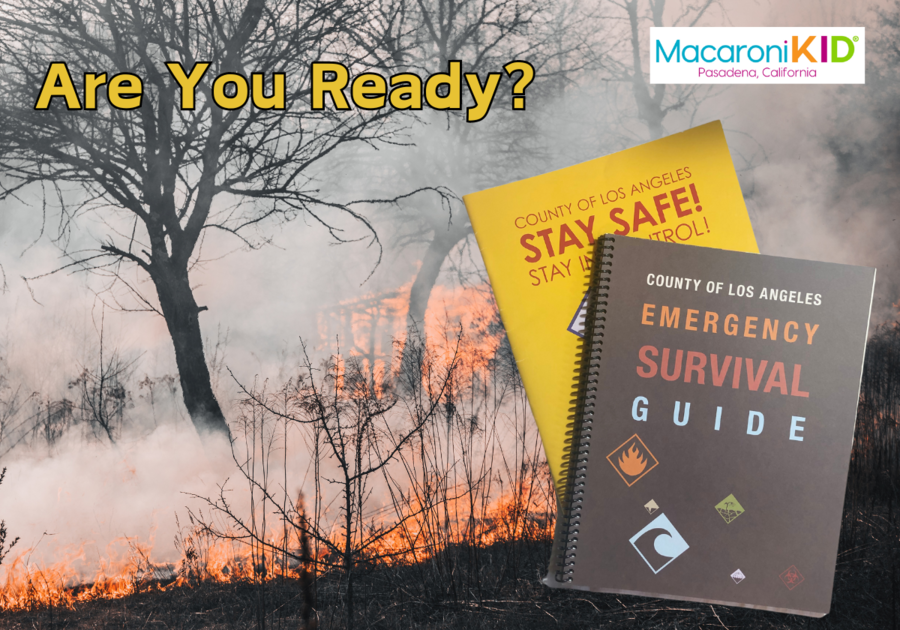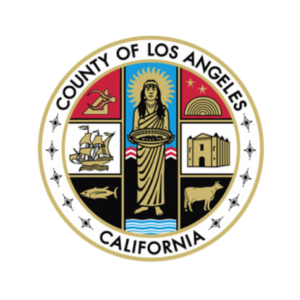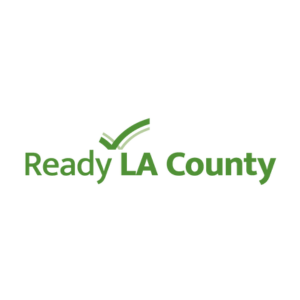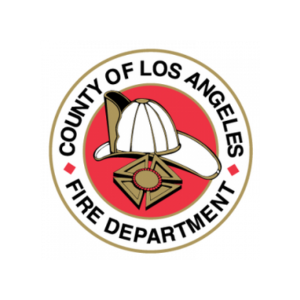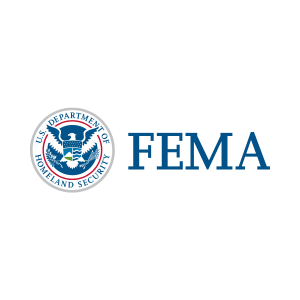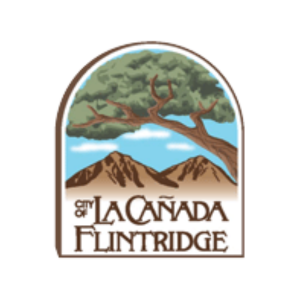It’s so easy to file it away in our brains as something that should be done… at some point… later. But putting together an emergency contingency plan for our family is essential. It could have a profound impact on how well you recover after a wildfire or earthquake impacts you directly. Hopefully it never will, but none of us can assume it won’t affect us. Preparing for a major emergency doesn’t have to be a Herculean task, either. If you’ve never done it before, the important thing is to start. If you have a plan and some supplies but haven’t checked in on it in a few years, September is the perfect time to revisit them. | ||||||||||||||||||||||||||||||
1. Use your Resources - There are 10 of them below! There are emergency preparedness resources available to everyone for free at the federal, state, county and often city levels. Here are several places for you to get started. This is a long list, so if you’re a first timer, pick one or two resources to follow so you don’t get overwhelmed. This is definitely not about doing it perfectly, but rather it’s about having something in place. If you haven’t updated your plan and supplies kit in over a year, use a different resource than you used last time to brush up and revive your plan and to add to your supplies. | ||||||||||||||||||||||||||||||
| ||||||||||||||||||||||||||||||
2. Make Your Plan & Loop in the Kids! An emergency plan is only good if everyone knows it exists and what it consists of. The adults in the household should make the plan together and be familiar with it. Then, teach your children the most key points that they can understand for their age level. Things like, “if we can’t come home because there’s a fire there, we all go to Grandma’s” might be good information for a young child. They don’t necessarily need to know where the local pet shelters are but memorizing one parents’ phone number might be a good idea. There’s plenty of advice on this in the resources above. Once the kids know the basics of the family emergency plan, you can provide them with coloring pages or activity sheets designed by safety professionals to teach children of various ages what they need to know. There are several kid-friendly programs in the resources above, or try searching online for “Prepare with Pedro,” “Smokey the Bear,” “Ready Wrigley,” or check out these videos from the Sesame Workshop. | ||||||||||||||||||||||||||||||
3. Gather your Supplies and Store them Safely Emergency needs vary from family to family and change over time. One year when prepping my family emergency kit, I purchased a small pack of diapers in a much larger size than my son wore at the time and stowed them away in our emergency box. At another point in time, getting an extra few days of my medication was a vital step for our updating our kit. Don’t forget to include the pets and anyone that spends a great deal of time in your home, too. It’s good to use checklists from more than one source so you know you’re remembering all the important categories. Store your supplies in a container that’s safe from rain, heat, and critters such as raccoons, but paramount is that it’s in a place that will be accessible when needed. | ||||||||||||||||||||||||||||||
4. Share Resource Info with Your Community Once you’ve finished preparing everything for your family, be sure to check in on loved ones. When was the last time your parents, best friend, or elderly neighbor updated their kit? You can share links on social media and remind everyone to start on it before September ends! Los Angeles County has a good resource for preparing in your community (be it your neighborhood, social group, or church). https://ready.lacounty.gov/neighborhood-action-kit/ Use the resources listed in the chart above to find out more. If you improve your plan, kit, and knowledge a little bit every September, you’ll eventually be ready to lead others when they need it most! |

